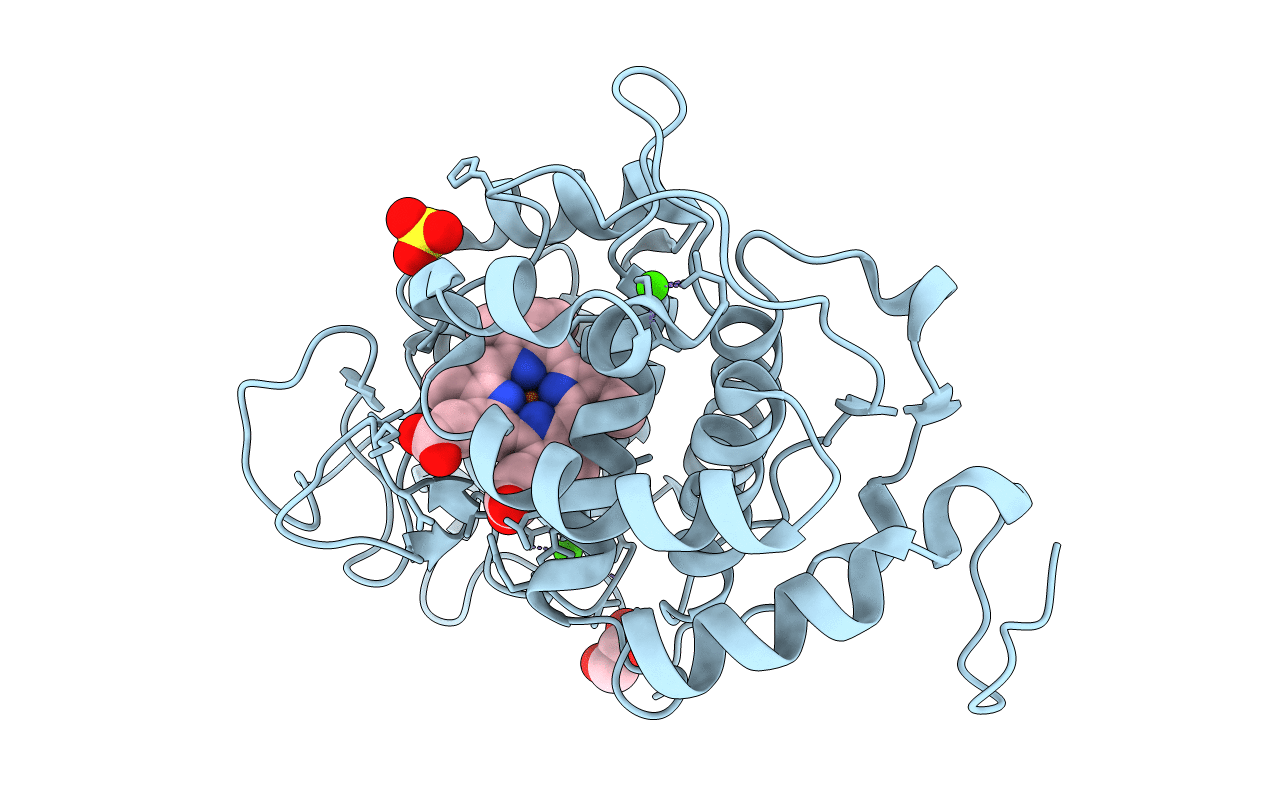
Deposition Date
2008-10-23
Release Date
2009-01-20
Last Version Date
2024-10-16
Entry Detail
PDB ID:
2W23
Keywords:
Title:
Structure of mutant W169Y of Pleurotus eryngii versatile peroxidase (VP)
Biological Source:
Source Organism:
PLEUROTUS ERYNGII (Taxon ID: 5323)
Host Organism:
Method Details:
Experimental Method:
Resolution:
1.94 Å
R-Value Free:
0.17
R-Value Work:
0.14
R-Value Observed:
0.14
Space Group:
I 41


